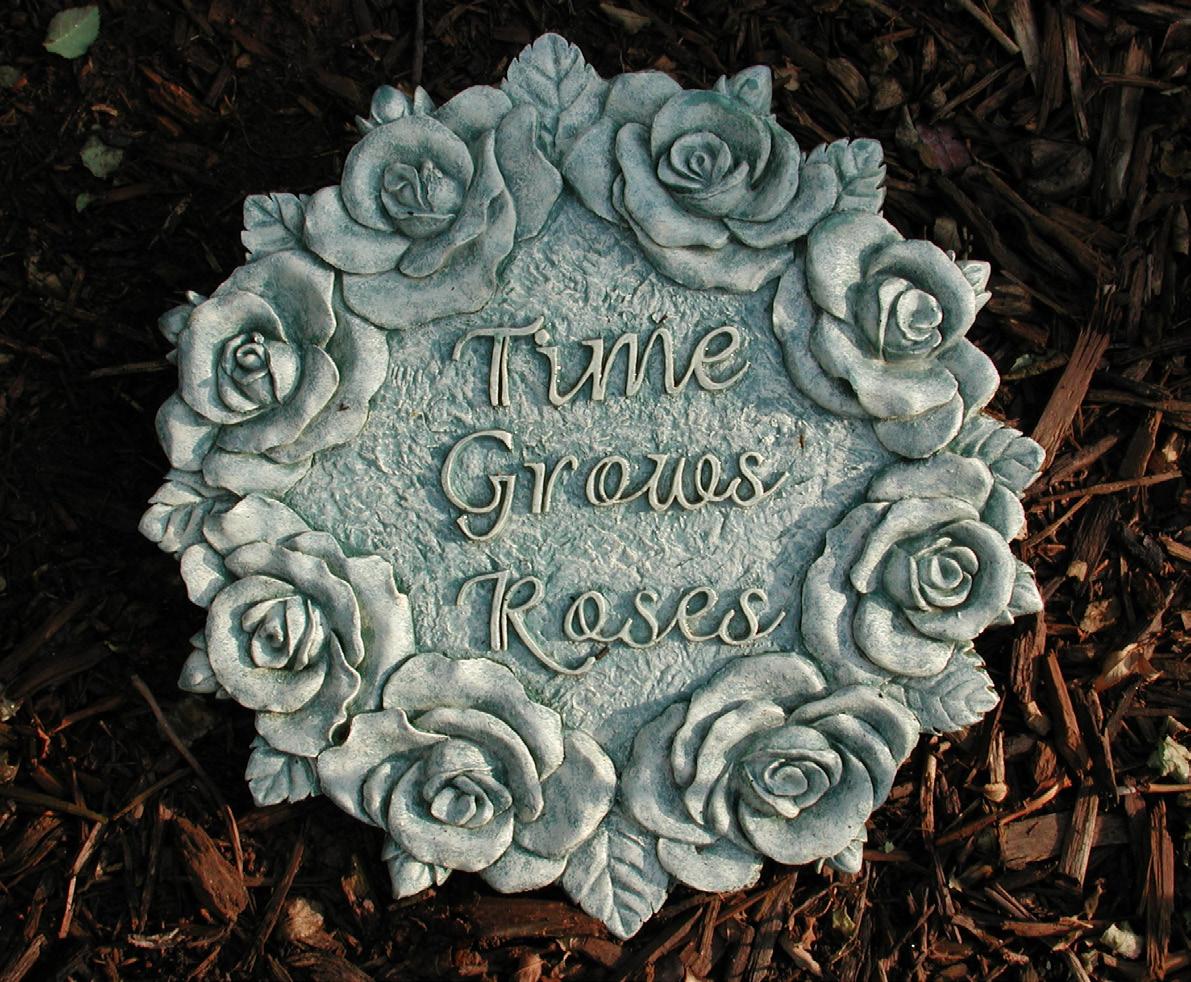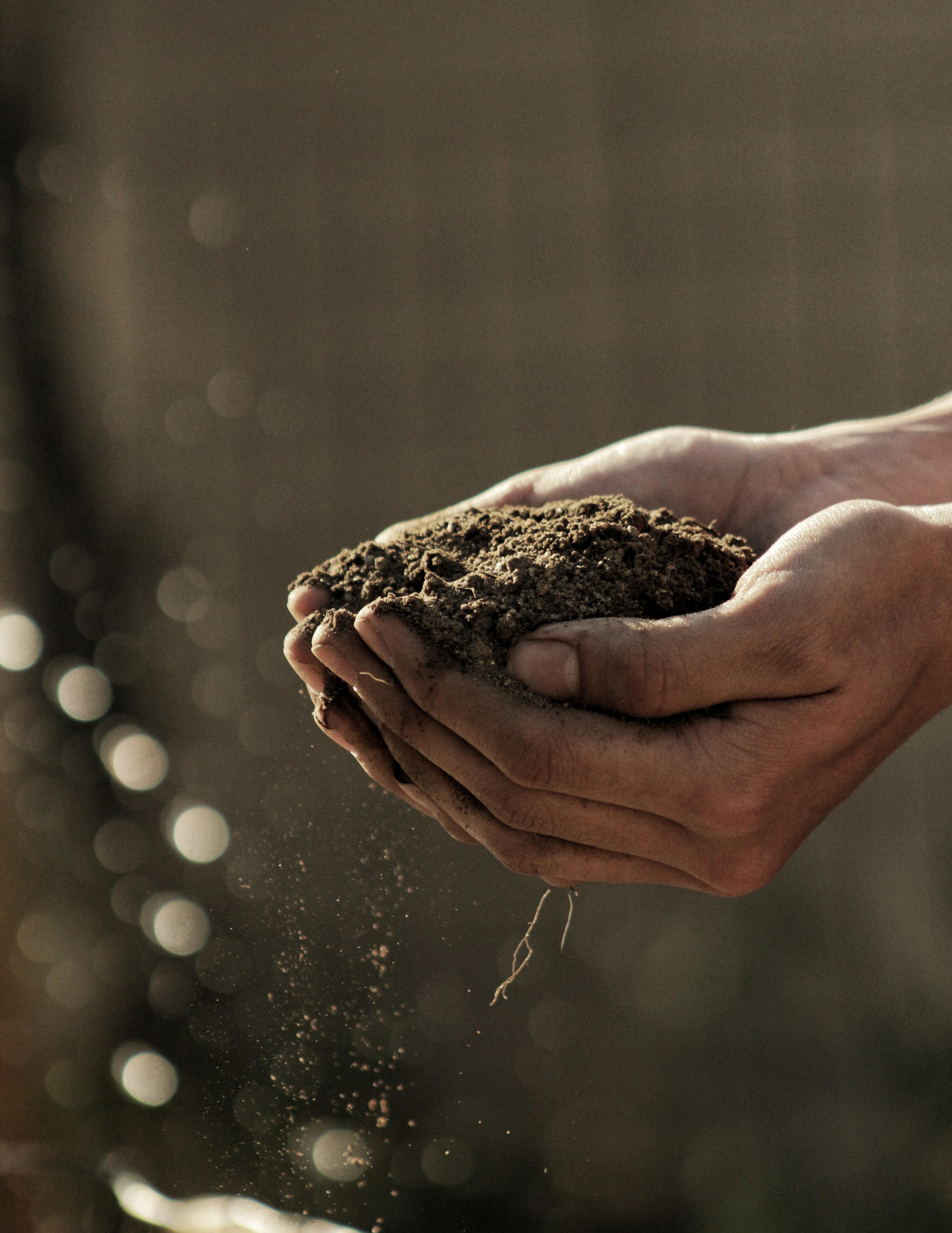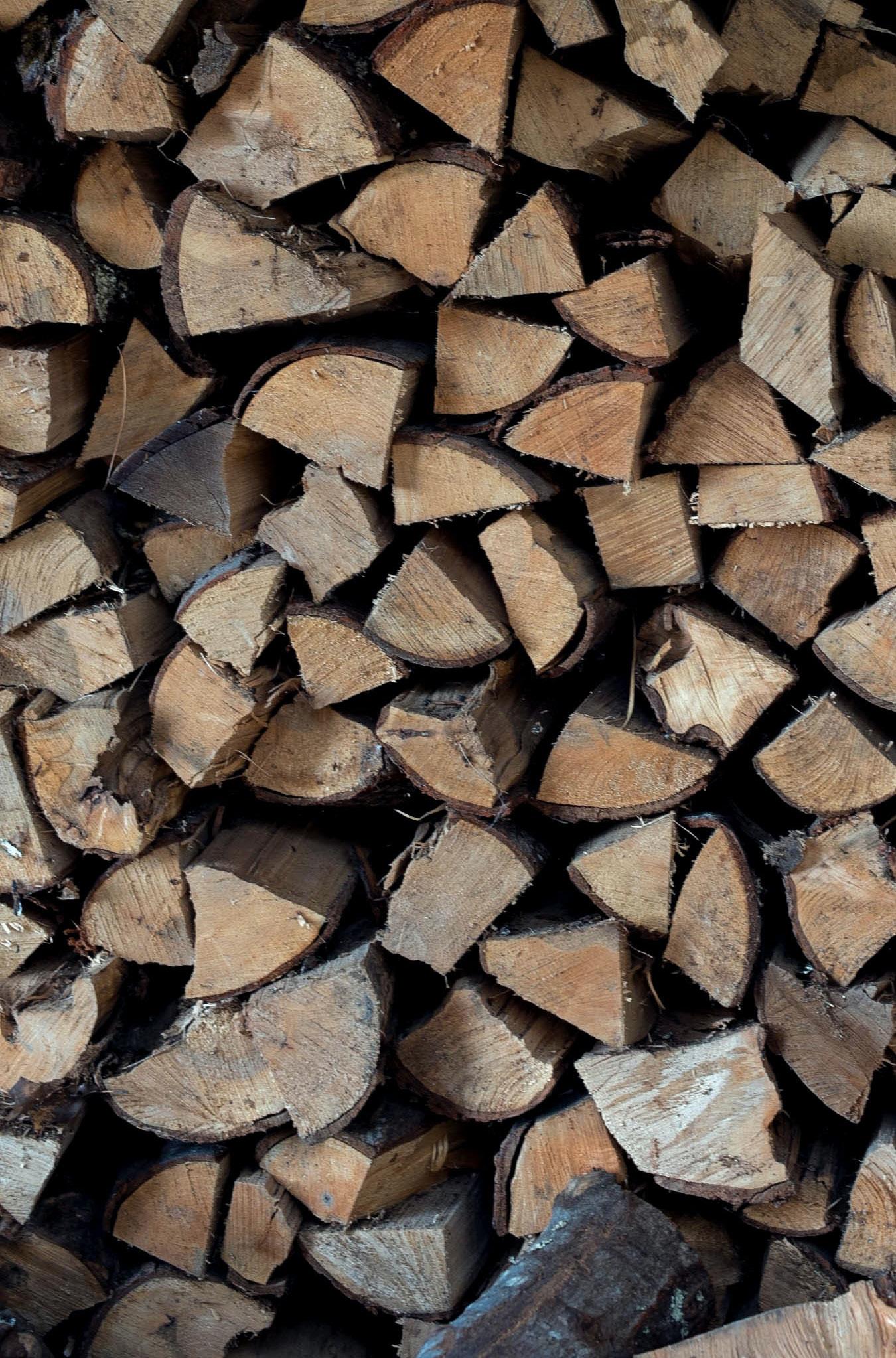
16 minute read
Preparing With A Group For Natural Or Other Disasters: A First-Person Account
By Hakim Isler
Almost deaf to the screeching sounds of my two-month-old son crying, my senses are hyper-focused on whether there is an immediate danger to me and my family.
Advertisement
The power is out, but according to my wall clock, it is only about 1 PM, so the sun is providing natural light. An earthquake has just hit, and my family and I are in the doorway to the bathroom.
I tell my wife to stay with the kids in case there is an immediate aftershock, and I survey the house for damages. I find minor cracks in the walls and items strewn throughout the house, but nothing major. My wife has tried to call her mother, but the lines are down. We open our laptop, which still has a charge of 30 percent, but the Internet is down as well. I pull out our hand-cranked radio and ask my wife to monitor it for any information while I circulate about the neighborhood to check on others. It appears that only three out of seven neighbors are home, most at work this time of day.
As I go house to house, I find that everyone is okay. However, one of our neighbors lets me know he has heard via CB radio that there is a mass power outage. He also says water and gas are down and several sources are speculating it may be a long-term outage.
Good thing for us, we formed a neighborhood emergency response group and a disaster response plan.
One of the first steps on our plan is to inventory and consolidate, while a few of us will go to the store and collect additional supplies in the event we are indeed facing an extended situation. Unfortunately, there are only three guys home, and as the saying goes, you can’t plan for everything, so we decide to use our emergency cash stash and purchase as much water and food as we can. Even though the power is out, we know if we hurry to the local store, workers will still be there, and with cash, there will be no need for a cash register. As part of our community emergency plan, we have all been saving resources but still feel that factoring in a last run for supplies is important if we can do it safely and before looting ensues. There are several items on our list, such as tuna, canned chicken, rice, crackers, peanut butter, trail mix, medicine, multivitamins, baby food, pet food, batteries, lighters, Clorox bleach, rubbing alcohol, soap, and iodine.
Before we go to the store, we make sure we have a way to communicate. Our plan consists of short-wave radios for communicating between aisles, but we also make sure our group has GoTenna, which is a device that allows us to form our own communication network over a distance, giving us the capability to send text messages and GPS info without the use of a cell tower or satellite. Meanwhile, those who remain at the house are tasked with contacting friends and family, also using GoTenna, to see if they are okay and find out when they will be home.
Just as we are leaving, we see some store employees frantically rushing out the door as other people are pulling into the parking lot; the remaining employees are struggling to keep them out while simultaneously pushing us out. I hold no hard feelings, as I know they have families of their own to be concerned about. As we approach our vehicle, a few individuals are circling it so we load up quickly and take off. It is obvious to us that, in another hour, there will be looting at the store. Unfortunately, we are not able to get gas; the lines are long and the pumps do not appear to be were working.
For power, we have our generators, as well as solar box kits to provide power for light and heat. We also stop at the local hardware store for a few extra propane tanks. On our way back to the house, I get a text from my wife saying that the missing families in our group have arrived at the pre-designated congregation spot and are all accounted for. There are twenty of us in total, and three of the twenty are babies, which will pose a great challenge for long-term survival. There are also three dogs, four cats, and fish between the families. It is important for us to assess the needs of all during this event. The congregation station is the home of one of my friends, his being the largest house with the most room for everyone. Once we arrive, we all start to work on the details of our situation. Based on reports from the hand-crank and CB radios, as expected, we will be without service for a long time. What makes the situation worse is the fact winter is only a few weeks away. We have to make sure all of us can survive with little or no help from others.
On the positive side, we all have a monthly budget for what we call Survival Insurance. Just like home and life insurance, this is money set aside for the purchase of disaster prep items, including food and supplies. We have been doing this for two years, and together we have amassed enough resources to sustain us all for four years. We have freeze-dried food, water, rainwater collection barrels, water purifiers, and solar panels on our homes (which, with a little tweaking by one of our group members, can link directly into our homes). Other members have herb and vegetable gardens, stocks of baby and pet food, and supplies of candles and batteries.
In further contingency planning, we divide our supplies between two or more homes; in the event one sustains some kind of damage, we will not lose everything. For the group members, we choose to collectively occupy two houses with big backyards, privacy fences, and wooded environs. We know at some point those who are unprepared could come scavenging, and although we may be able to help some of them, we won’t be able to help all of them. The moment we have to say “NO” might be the moment nice people become desperate and not so nice. Therefore, being in these houses gives us good security; from the top floors, we can see anyone coming from any direction and, even with the woods, there is enough cleared land to spot potential threats at a distance.
For additional security, we decide to block off the entrances with folding sawhorses and arrange our vehicles in the garages with one at a backyard exit point. They are full of gas, food, water, and medical supplies in the event we have to bug out. We remove the batteries and gas from any we do not plan to use, the batteries and fuel being usable for power and generators. For heat, we have had a fire collection crew cut and process enough wood to sustain our houses for the winter.
For more water, we have drained the pools and used tarps to help funnel rain into them. We can also run our gutters into the pools. With a combination of above- and in-ground pools, we can hold 10 to 20,000 gallons of water. This will be more than enough to prepare and make food, for personal hygiene, and for drinking. The average individual should consume about 32 to 64 ounces of water a day, so it’s important to tap every potential source. If needed, we can drain our water heaters. The pools will be covered overnight, adding the appropriate bleach to help clean and keep the bugs out. We will always boil the water we plan to ingest.
Finally, there is the issue of the waste management for our group of twenty. One member has previously found a solution by transforming a shed on a nearby hiking trail into a waste compost.
I share this account in the hope it will provide some inspiration and motivation for preparedness thinking as a group of family, friends, or neighbors. There truly can be strength in numbers as sharing knowledge and resources cannot only provide comfort, but sanity and security as well.
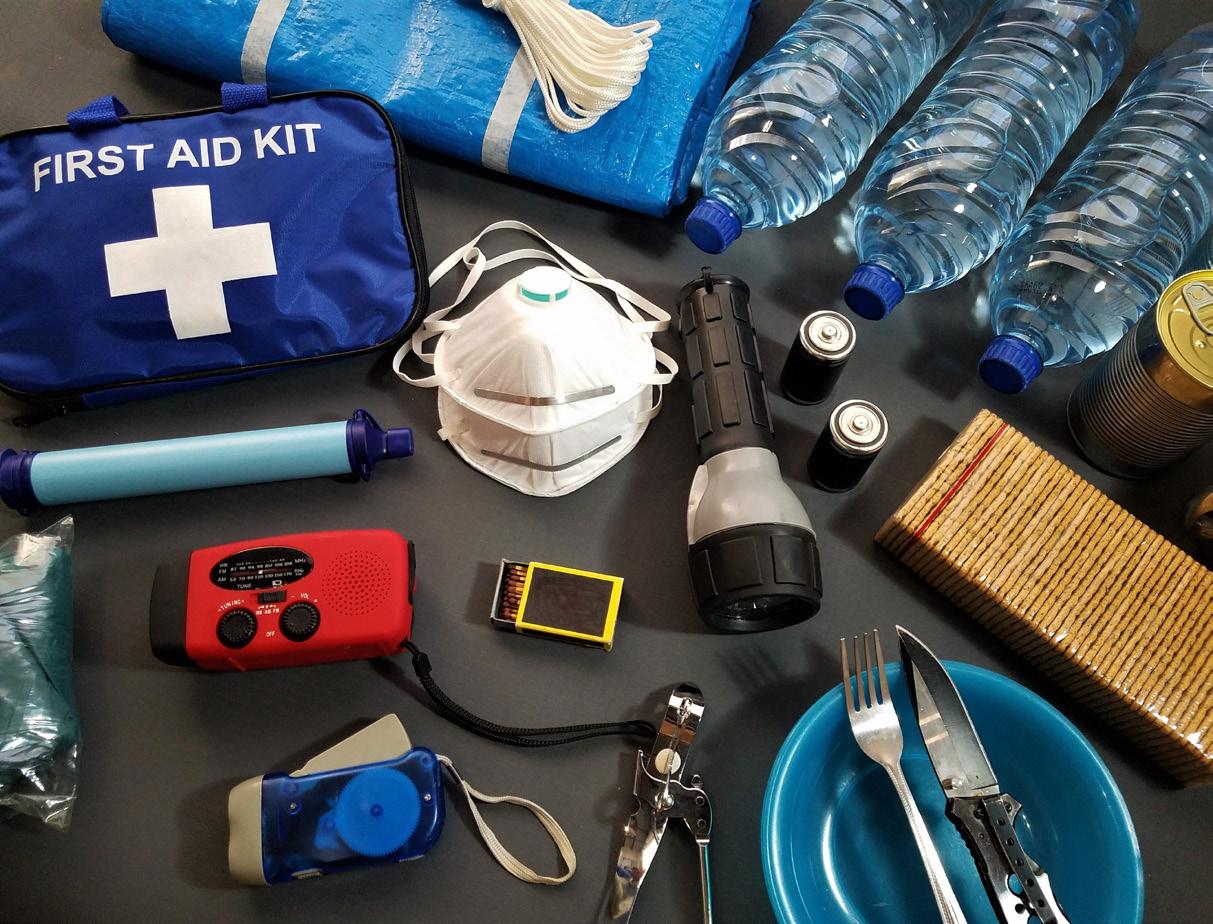
Ihave loved roses for as long as I can remember, with memories of their sweet scents and beautiful colors and glorious blooms going back to my mother and grandmothers. You could argue that they are a plant for the survivalist as they have been around as a species for at least 5000 years. Most varieties tend to be robust and resilient, withstanding or rebounding from wet and dry weather, an abundance of pests and diseases, and able to grow in cold and warm climates.
At one time, I was growing over 500 different roses, from hybrid teas and shrubs to old garden and English to miniatures and climbing. I have grown both grafted and own-root roses. In the earliest days of my gardening, without the knowledge I eventually acquired, I relied on the mainstream boxstore potting mixtures and maintenance products. But as I acquired more varieties of roses over the years and began to discover the handful of specialty rose nurseries and emporiums, I also explored and experimented in more varied approaches to planting and maintaining them. I also realized early on that good fertilizers, pest and disease control, were expensive—especially for hundreds of roses!
BEGINNINGS: THE BASICS
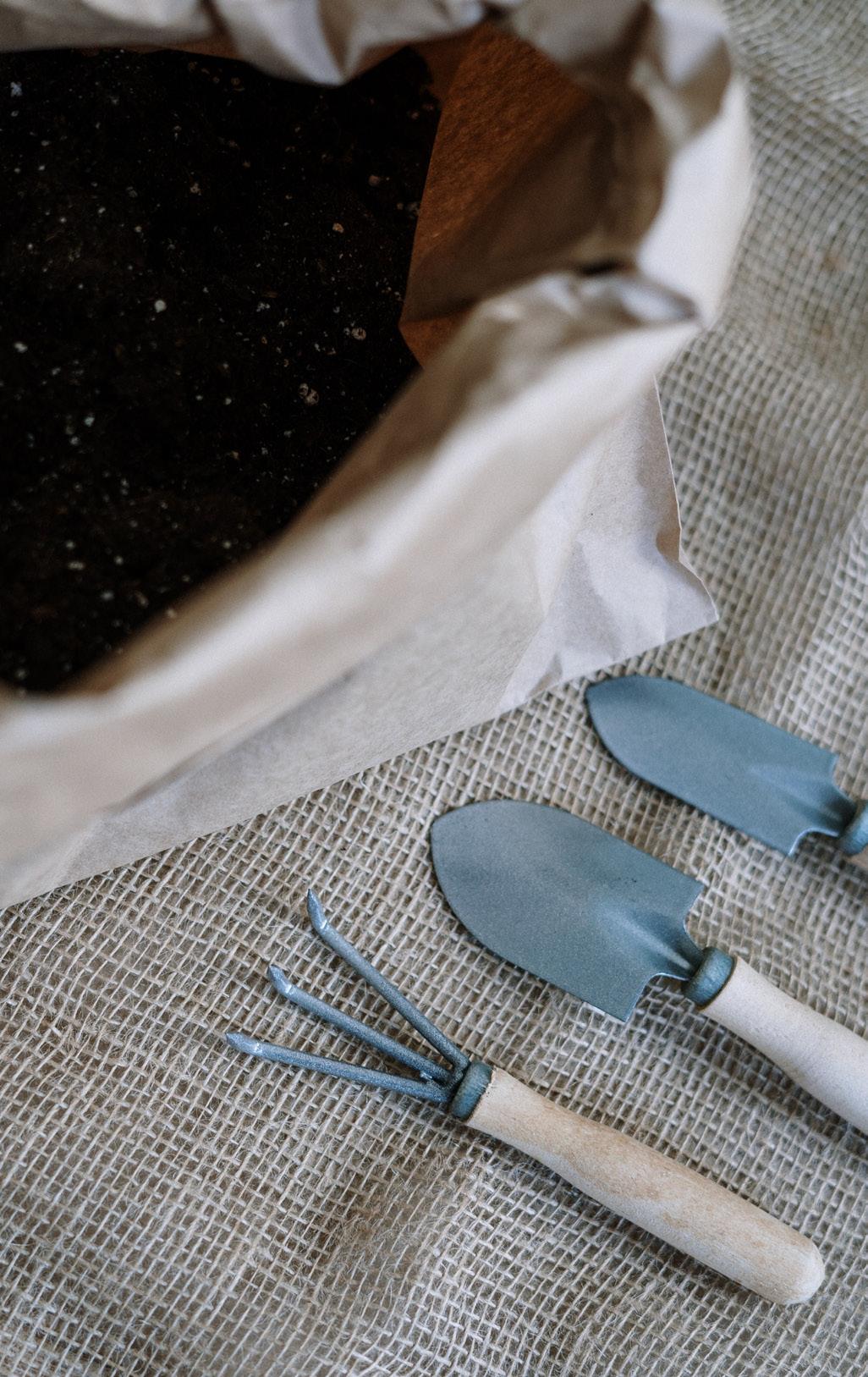
Rose growing does not have to be complicated— though it can be if you’re as serious as I have been—and success depends on getting the basics right. As with a garden of anything, whether you’re growing flowers or plants or vegetables, it starts with good planning and proper preparation, which can be said about survival in general.
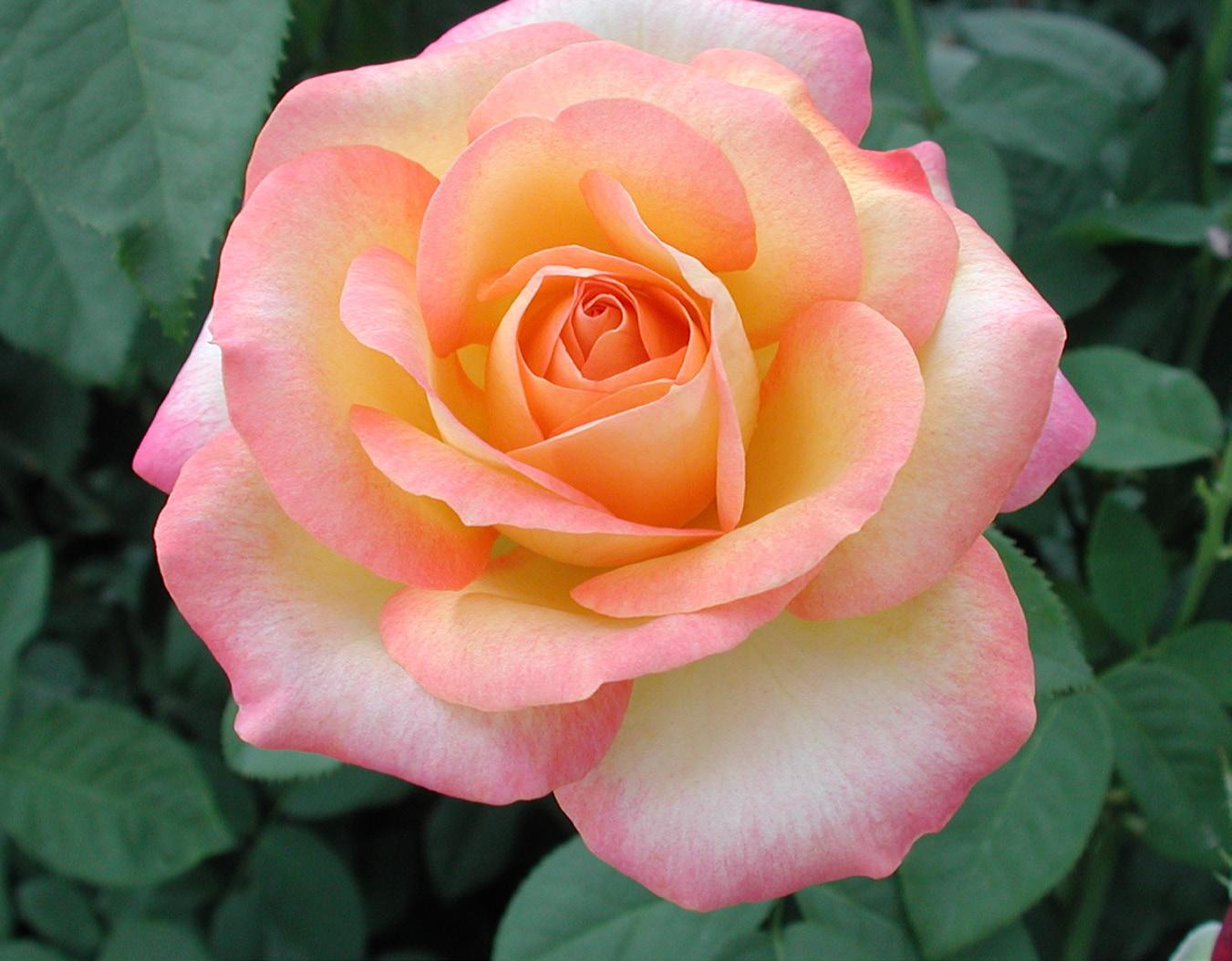
If you’re new to roses, the best place to start is not at a box store or hardware gardening department, but a local nursery. It will be tempting, no doubt, because of the lower prices of a Walmart or Lowes. But your best chance of success is to start with the healthiest plants, and these will come from places that do not purchase their inventory in mass quantities with little regard for which varieties are most appropriate for your region. In fact, they tend to carry roses that are most commonly known and produced on a larger, more wholesale scale. Their stock may be under- or over-watered, baked by hours of sun while displayed on a slab of heatradiating asphalt or withering in the artificial light and stifling air circulation inside the store. While being grown for export, they will have been sprayed with pesticides.
And, most importantly, at a nursery you will find associates with horticultural knowledge who can advise you on the best choices for your level of experience and environment.
In planning, the first thing to take into consideration is placement. Roses love sun but can do fine in some shade, particularly if you live in a region with extreme heat. Ideally, they should get six to eight hours of sunlight, four at a minimum, and direct exposure from morning intensity is the best (east or south side of your house or lawn). Choose a site that is protected from strong winds and avoid placement directly under trees. When selecting your roses, make sure you determine how big they will get in both height and width and whether they will spread. With potential growth in mind, plot your placement, allowing plenty of room in between; consult with your nursery as some varieties require more space to grow and spread than others. A good rule of thumb is to allow five to six feet in between and from row to row.
While experts will tell you the best time to plant is after the last frost of spring, you can generally do so anytime in moderate temperatures that fall between 40 and 60 degrees. Just avoid the hottest summer months. To install an in-ground bed or garden (as opposed to a raised-bed), remove all grass and weeds, digging to a depth of about two feet. Prior to preparing and supplementing the soil, use a test kit such as MySoil or Soil Savvy to measure the pH balance. For roses, this should be in the range of 6.0 to 7.0. Your nursery can then advise on what is needed to adjust and correct to a good level.
The soil mixture I favor, which makes for a good density and allows adequate drainage consists of equal parts soil removed from the hole (mine is primarily clay), a dark topsoil, manure, peat moss, and coarse sand. Some experts discourage the addition of sand, suggesting it creates a cementlike consistency, but in my experience it helps to break up and aerate the clay. If you have organic compost, you can also add this. Compost and other organics provide a more stable growing environment, enriching the soil and plants through the roots.
Holes should be 16 to 20 inches wide or about 8 –12 inches wider than the root ball or pot size. Before planting, if your roses are in pots, let them acclimate for a day or so, keeping them watered and close to where they will be placed. Alternatively, especially for plants that are not in pots, such as bare root roses wrapped or in boxes, it’s a good idea to rehydrate the roots in a bucket or tub of water for a couple of hours. And, in the latter case, you can inspect the roots before planting and trim any weak or straggly ones.
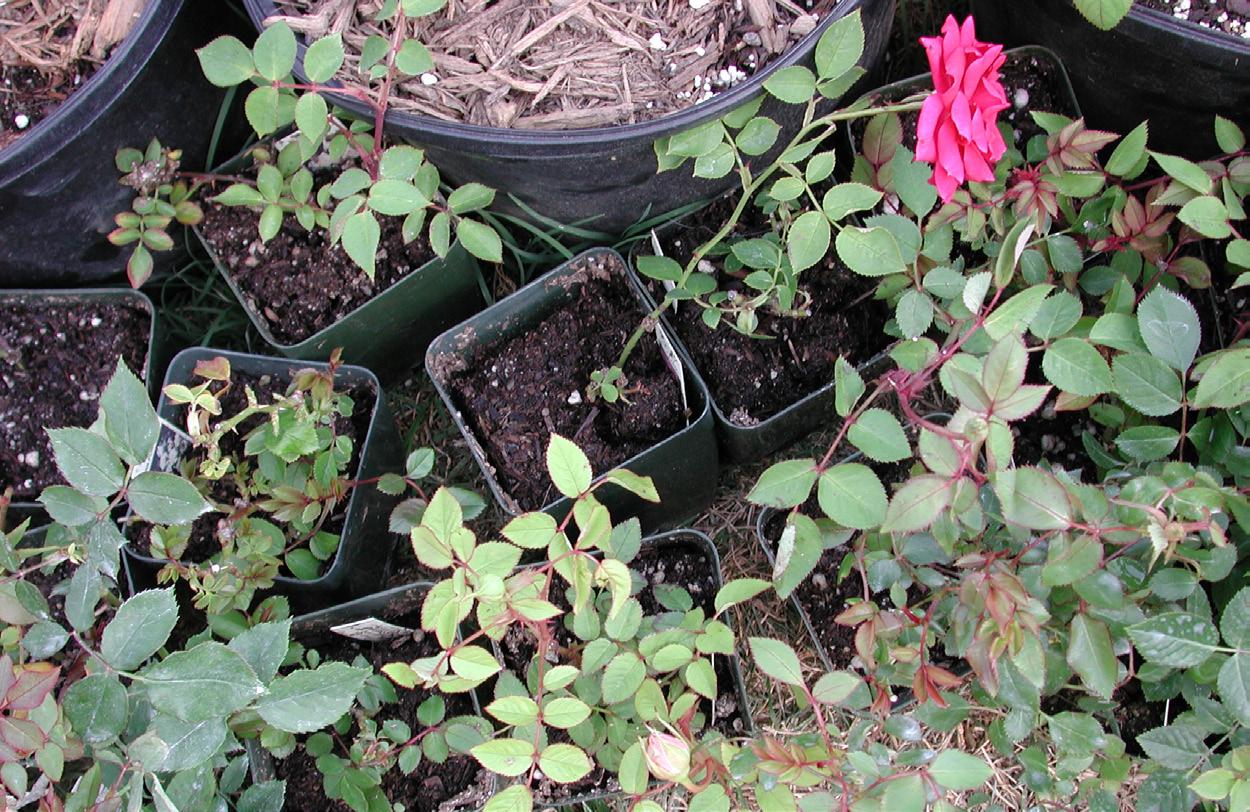
To plant, position the rose in the center of the hole with the bottom of the stems about two inches below the top. This is to cover the bud union, which protects it from cold temperatures, gives it a more secure foundation, and fortifies the root structure. Next, backfill the hole with your soil mixture, lightly tamping it around with your foot. Water well, about a gallon, and when the soil settles add enough additional to fill in. Finally, layer two to three inches of organic mulch. You can use wood (redwood or cedar) chipped or shredded, saw dust, leaf mold, grass clippings, straw, or compost, but many use pine needles, which make the soil acidic and favorable for roses. Another popular choice is mushroom compost. In any case, monitor your mulch for freshness and, ideally, replace it every few months. Mulch is essential for protecting against the growth of weeds, retaining moisture, regulating soil temperature, and preventing erosion.
Watering
Roses thrive best when well-watered and will struggle if under- or over-watered. In the spring, newly planted roses should be watered every two to three days; established ones can be watered once or twice a week. The idea is to maintain moist, but not soggy, ground. Particularly in the summer, watch for wilting, which will be a good indication of the need for more watering. In the fall and winter, water as needed if the ground is dry until your roses go dormant; in frost-free climates, continue to water through the winter. For application, water close to the base, pausing to allow soil absorption, and take care to avoid getting water on the foliage, which can cause diseases. The best time for watering is in the morning.
Feeding Organically
The great thing about organics is that much can be found in your own kitchen. Egg shells, banana peels, tea leaves, and milk powder, for instance. Others include fish bones, alfalfa, Epsom salts, blood and bone meal.
Teabags, which contain acidic tannin, caffeine, and some nitrogen, can be soaked in water for a few hours and then watered it in. You can also sprinkle old tea leaves around the bush.
Eggshells (washed well) should be finely crushed and worked into your compost or soil, and are a great source of calcium.
The peels from ripened bananas are rich in potassium, which is an immunity booster that aids in protection from disease and pests. Potassium also encourages stronger, more spectacular blooms. Yellowing leaves or poorly developed buds and blooms on your roses are indicative of a potassium deficiency. The peels can also be planted in the rose hole to give it a good start, and the sugar content produces microbes that act in the same fashion as worms.
As with egg shells, wash and dry fish bones, then crush and sprinkle around the base of the plant or work into the soil. Fish emulsion also works well with a ratio of 1 tablespoon per gallon of water.
Milk powder is another great source of calcium for the roots and foliage and, as an added bonus, can be mixed with two parts water to one part powder to make a spray that has been used to reduce powdery mildew and black spot.
A half cup of Epsom salts per bush, applied in the spring, provides magnesium for enhanced greening, healthier canes, and prolific blooms— but do not add them if your soil has a higher salinity (check your soil test).
Blood and bone meals contain nitrogen and iron, both of which are essential in the fertilization of roses.
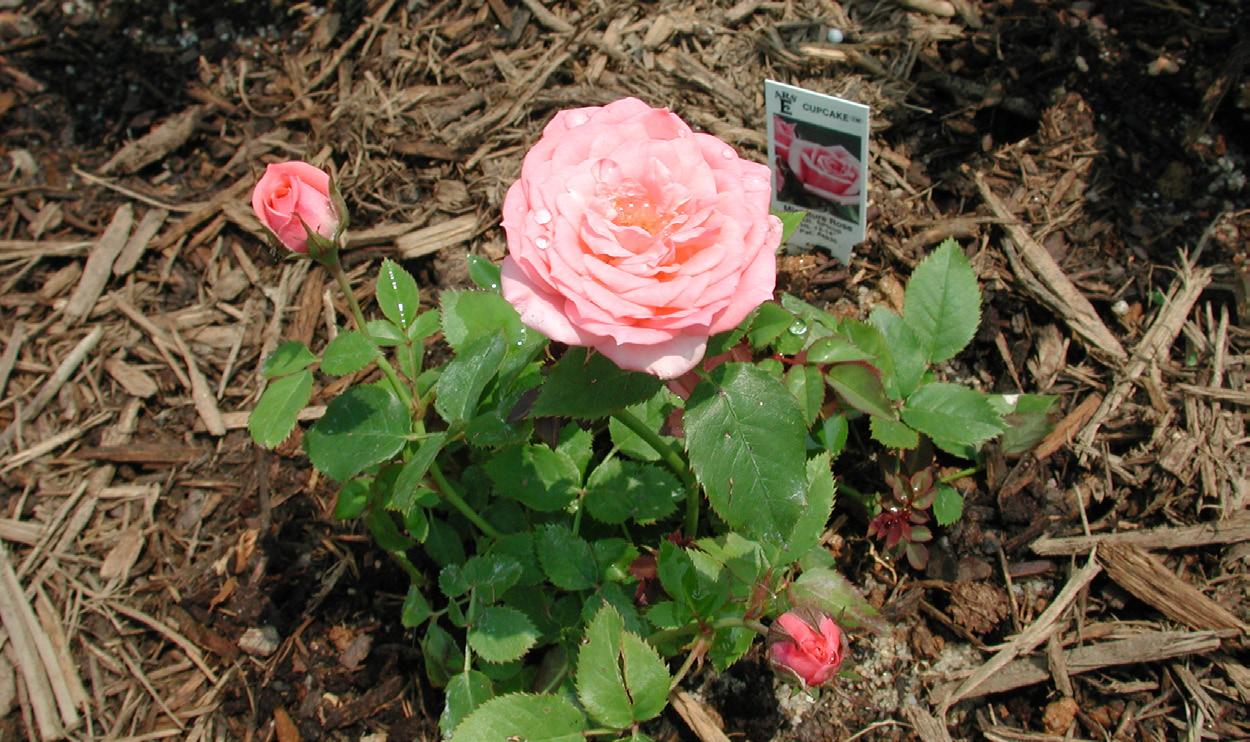
Alfalfa is a long-time staple of organic gardeners and the base of many premade fertilizer mixes. It contains nitrogen, magnesium, iron, calcium, phosphorous, and zinc. Pellets work well as they decompose gradually.
With all things organic, pets and other animals will naturally be attracted to the smells, so take care in your application; the best practice is generally to rake back some of the topsoil, mulch, and/or compost, apply, layer with fresh or untreated cover, and slow water in.
The best time for feeding your roses is initially in the spring and then after bloom cycles—generally about every six weeks—which will stimulate repeat flowering.
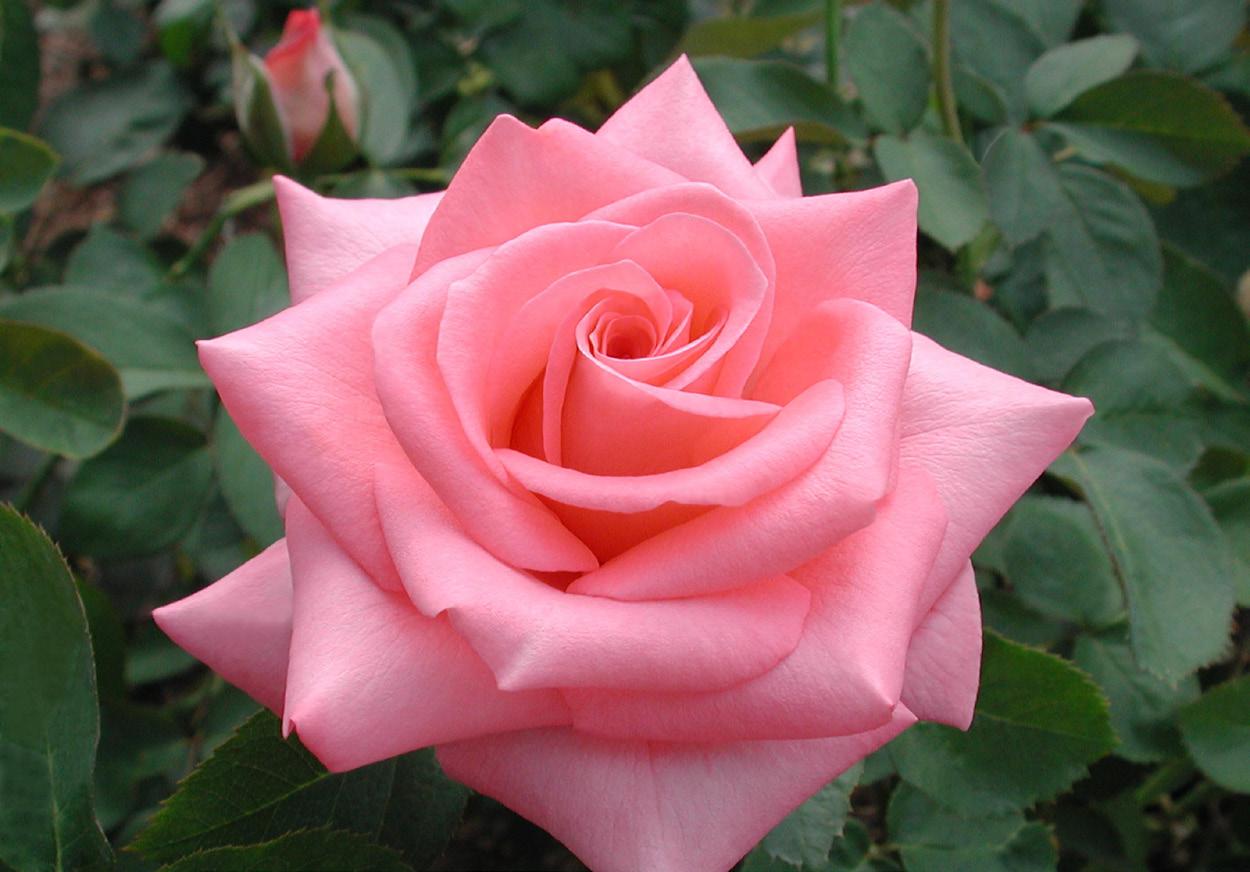
Organic Pest And Disease Control
All gardens are beset with a number of pests, but roses are particularly vulnerable to aphids, mites, thrips, whiteflies, scales, caterpillars, mealybugs and, of course, the dreaded Japanese beetles. Additionally, they can be prone to black spot, mildew, blight, cankers, rust, rosette, mosaic, and gall.
Soap oil spray for leaves and stems can work well to control most of the standard pests, and is easy to make with just a few drops of dishwashing liquid or baby shampoo to a quart of water, blending in a tablespoon of cooking oil. Spray on all parts of the plant except the flowers every few days as warranted, avoiding the hottest part of the day to prevent scorching. Garlic, which has natural antibacterial, antiviral, and antifungal properties, makes a strong pesticide, using five peeled and crushed garlic bulbs mixed into 16 ounces of water. Let that stand overnight, adding a dash of dishwashing liquid. Strain the garlic bits, add the liquid into a gallon of water for use in a spray bottle, and you’re good to go.
Ants are often drawn to the sweetness of roses, and while they don’t directly harm them, they can be a detriment to the natural predators of beneficial insects. To help control them, you can make a solution of one part peppermint oil to ten parts water and spray around the base of each bush.
Epson salt spray is made with one cup dissolved in five gallons of water and is especially effective on slugs and beetles.
Citrus spray, which is good for soft-bodied insects, can be made with the grated rind from one lemon to a pint of boiling water. Let it steep overnight, strain off the rind, and put into your sprayer. For the best effect, spray directly onto insects by coating the tops and bottoms of leaves.
Sometimes the purest approach can work just as well…a strong blast from your hose (again, only in the morning) will knock off insects and wash away the honeydew produced by some types of pests, such as aphids. Unfortunately, there are some pests, most notably slugs and caterpillars, that you may have to hunt down and manually remove; left unattended, these can cause a lot of damage.
For powdery mildew and black spot, two of the most common fungal conditions, mix two tablespoons of baking soda into your gallon of soap oil spray and begin using it before you see these develop, then every five to seven days afterward, as needed. A mixture that has been used to great success in even commercial rose gardens can be made with one tablespoon of vinegar for each cup of water. For each gallon you can then add your baking soda, dishwashing liquid, and oil mixture for an all-in-one treatment.
Japanese Beetles
All I can say, on behalf of rose-lovers everywhere (or those who covet anything that grows for appreciation or consumption), is UGH! They are a notorious, extremely virulent, and massively destructive plague—simply calling them a pest is vastly incommensurate to the damage they do. Worst, they have virtually no natural predators and even the most potent chemical control has minimal impact on their invasions. Fortunately, they occur during a brief window in the summer, but for me that window has always seemed interminable. During their peak, they descend in swarms to feast on blooms and foliage alike.
There are a few things you can do to help in reduction. In larvae form, they are underground grubs, which can be killed with milky spore. This compound is harmless to humans, pets, and wildlife, and can be obtained from your nursery or garden store. Another application for this approach is beneficial nematodes.
For adult beetles, there has been much debate on the effectiveness of the traps that can be purchased just about anywhere. They do attract and trap beetles (as long as you keep them cleaned out and replaced as needed) but…they attract beetles. Your best bet here is to position them away from your bushes and no more than two to three feet from the ground.
Many rose growers make regular rounds (I did) with a bucket of soapy water, and knock the beetles into it.
Roses As Edibles
My final topic here…all petals, leaves, hips, and buds are not only edible, but a good source of vitamins A, C, and E. Not all roses are fragrant— most that are tend to be of the old garden or English varieties—but the more intense the fragrance, the better the taste. Petals can be tossed in salads, used as garnishes, and to make herbal teas, jams, jellies, and syrups. New or young leaves (make sure they are free of disease) can be made into a tea sweetened with honey. Rose hips are especially sweet and tasty and known for jellies and sauces. They have also been widely used medicinally for their anti-inflammatory properties and are thought to provide relief for symptoms of rheumatoid and osteoarthritis. Harvest them when entirely red or orange, cutting in half if you want to remove the seeds.
Wrapping Up
There are many other topics I could cover, but hopefully these will be informative and motivational. One of the best things about growing roses is the frequency of their blooming and, with good care, longevity in the garden.
Not to mention they’re lovely to look at.
I leave you with this…
Time grows roses, with the gentle hand of love An earthly imprint of heaven’s tapestry above. Time grows roses, with the patience of ages A story creating itself from the ground’s fertile pages.
Time grows roses, with the determination of day To break from the night and make a new way. Time grows roses, with the light spring slumber That skips, then jumps, then rushes into summer. Time grows roses, the way only time can Love keeps roses...by God’s perfect hand.
